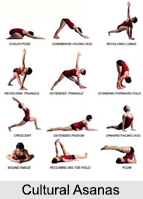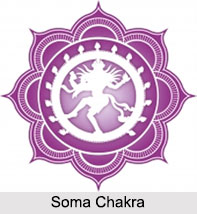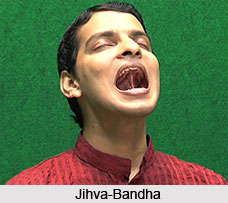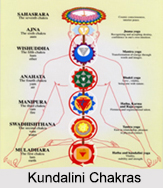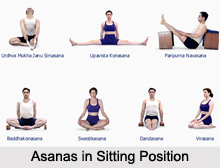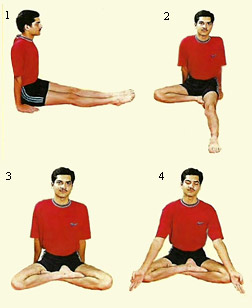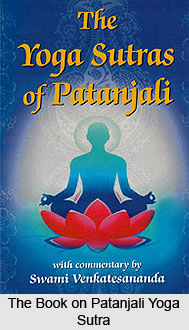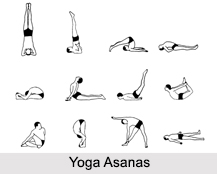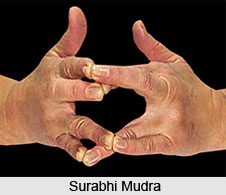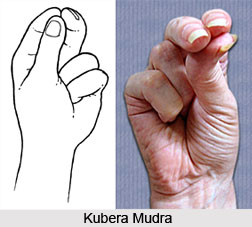The sruta anumana prajnabhyam anyavisaya visesarthatvat sutra speaks about the almost-nearing final stage in yogic perfection. The knowledge that holds absolute truth in it is bound to be direct and gained from own instinct. The wisdom that is gained is also bound to be from own perceptivity. It is strangely outstanding, because it is acquired from within the soul and not from everyday observation. Now that a sadhaka has approached a seasoned state of being, it is expected that he will be able to distinguish between fine perception and common knowledge.
sruta heard, listened, ascertained
anumana inference, conjecture
prajnabhyam from the wisdom of insight
anyavisaya other object
visesa peculiar, distinguishing between, special property
anhawat object, purpose, aim, end
This truth-bearing knowledge and wisdom is distinct from and beyond the knowledge garnered from books, testimony, or inference.
Truth-bearing knowledge is first-hand, intuitive knowledge.
This wisdom is acquired by the means of insight. It is an exceptional, direct knowledge arising from the soul, not from the perception of the senses or from the ordinary understanding. Hence, it has an unusual property of its own. The knowledge that springs from one`s inner self is intuitive knowledge. It is also known as `listening to the inner voice`.
It is enlightening to compare this sutra with 1.7, wherein Patanjali says that one`s perception should be confirmed by logic and valued by traditional and spiritual lore. Now, approaching the end of this session, the sadhaka may be judged to be of a mature and cultured mind; his perceptions have an independent soundness requiring no verification from other sources. An ordinary man possesses free will in the sense that he experiences choice and must find his way by discrimination. The enlightened sadhaka, having left duality behind him, experiences only his own will, which surpasses the vacillations of choice. This is the intelligence of sattva in sattva.

